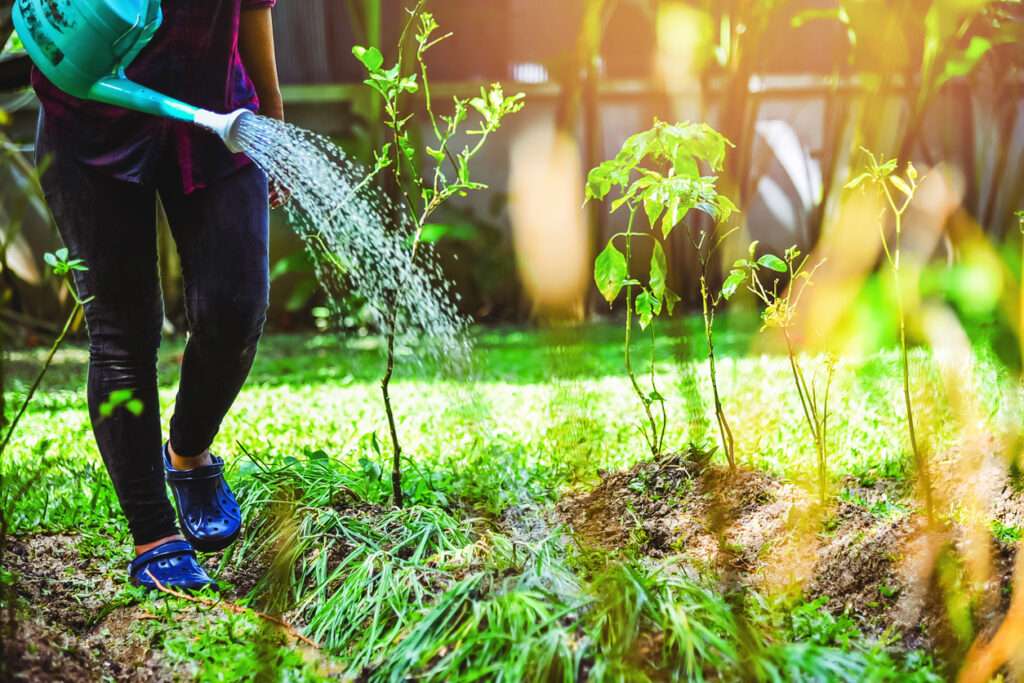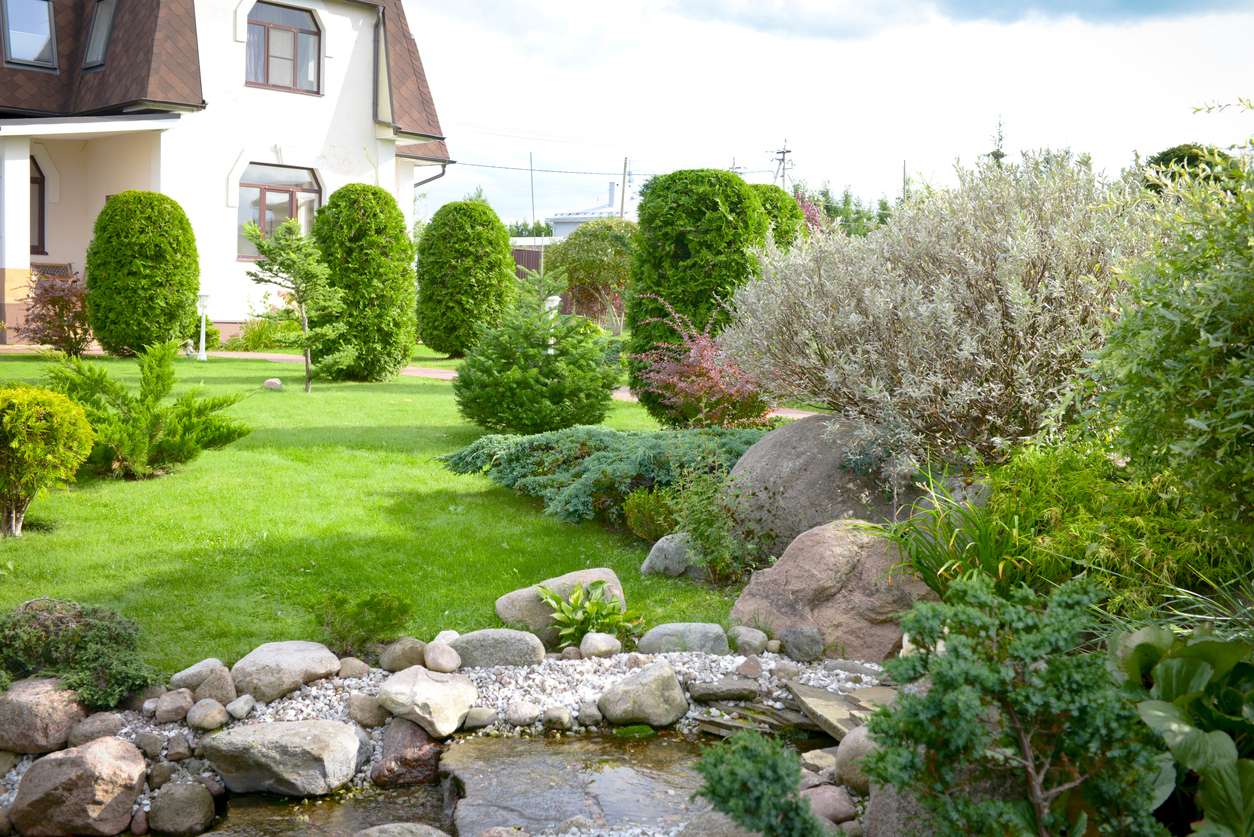By: d-mars
StatePoint
The perfect landscape may start with a healthy, lush lawn, but for interest and depth, you’ll also need to consider the plants that surround it.
Thankfully, it’s easy to make considerable improvements to your backyard life using tips from professionals. Landscape designer Doug Scott has partnered with lawn care equipment manufacturer Exmark to offer these tips for selecting and installing plants that will beautify your outdoor living areas.
Choosing Plants

- Choose plants well-suited for your specific growing conditions. Knowing your growing zone is important, however you should also be mindful how conditions like sun exposure can change as you move around your yard.
- Choose the right size plants for the space. Bear in mind that what you’re planting today is much smaller than what it will be once it’s matured. Always read a plant’s care label to understand its optimal growing conditions and size at maturity.
- From a design perspective, think in terms of texture, layers and drifts. When addressing the overall texture of your planting beds, choose plants that vary in form, size, color and leaf structure. This will create greater interest, and a space that’s more visually appealing and enjoyable to spend time in.
For a lush look, think in terms of layers when considering composition. Much like in a painting, you should have background, middle ground, and foreground layers. Your background layer should consist of taller evergreen shrubs to provide something alive and green to look at all year long, no matter what’s happening in front of them. Your middle ground layer should be lower than the background layer to create interest, and is where you can add a contrasting evergreen shrub or pop of color with a perennial plant. Finally, your foreground layer should help transition the planting beds to your lawn space. You can accomplish this with smaller perennials, evergreens, annuals or creeping ground covers.
When addressing drifts, read the plant labels to know how large they’ll grow. This can help ensure plants grow in together as they mature, but are not overcrowded.
Installing Them
- Dig a hole that’s about two times the diameter of the pot your plant’s being transplanted form, and about the depth of the pot.
- Mend in compost or soil conditioner to give your plant the organic material it needs to thrive. If you’d like, add slow-release fertilizer, and mix well.
- Place your plant in the hole, making sure that it sits at, or just above, the level it did in the pot.
- Backfill with soil, stopping to add water when the hole is about halfway full.
- Fill the rest of the hole with soil, then firmly press down.
- Soak your plant with more water.
- Finish by adding mulch, making sure it’s pulled away from the base of your plant.
“Now that you have the inspiration and know-how needed to choose and install plant material, you can create landscaping that reflects who you are and how you’d like to live outside,” says Scott.








